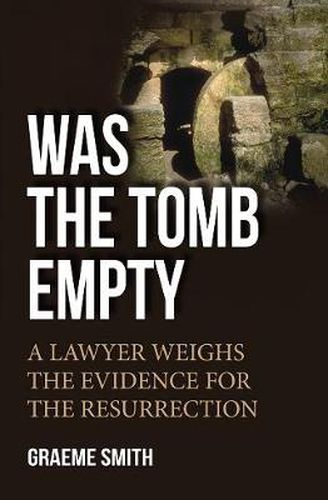Readings Newsletter
Become a Readings Member to make your shopping experience even easier.
Sign in or sign up for free!
You’re not far away from qualifying for FREE standard shipping within Australia
You’ve qualified for FREE standard shipping within Australia
The cart is loading…






This is a careful, critical attempt, by a highly qualified British judge, to examine the evidence concerning the resurrection from the dead of Jesus of Nazareth. After a review of the basic legal principles involved regarding the use of evidence (What standard of proof is acceptable? Are we dealing with history or myth? What are our preconceptions?), this succinct but powerful document considers the testimony of individuals involved (Paul, James, Peter); the various resurrection accounts, their inconsistencies, and their value as evidence; possible sites for Jesus’ tomb; sources from outside the gospels, such as Josephus, Tacitus and Pliny; logical alternatives to the resurrection; and the opinions of experts in the fields of history, literary history, paleography and law. Could this most improbable story be, at heart, true? What are the implications?
$9.00 standard shipping within Australia
FREE standard shipping within Australia for orders over $100.00
Express & International shipping calculated at checkout
This is a careful, critical attempt, by a highly qualified British judge, to examine the evidence concerning the resurrection from the dead of Jesus of Nazareth. After a review of the basic legal principles involved regarding the use of evidence (What standard of proof is acceptable? Are we dealing with history or myth? What are our preconceptions?), this succinct but powerful document considers the testimony of individuals involved (Paul, James, Peter); the various resurrection accounts, their inconsistencies, and their value as evidence; possible sites for Jesus’ tomb; sources from outside the gospels, such as Josephus, Tacitus and Pliny; logical alternatives to the resurrection; and the opinions of experts in the fields of history, literary history, paleography and law. Could this most improbable story be, at heart, true? What are the implications?